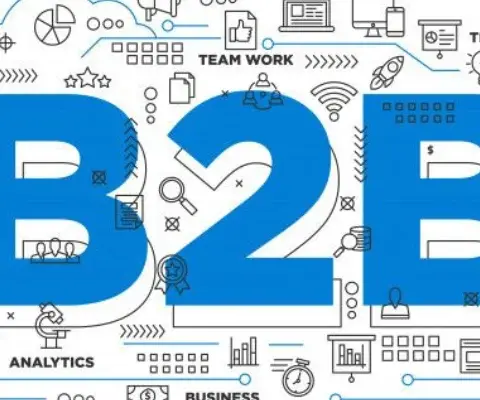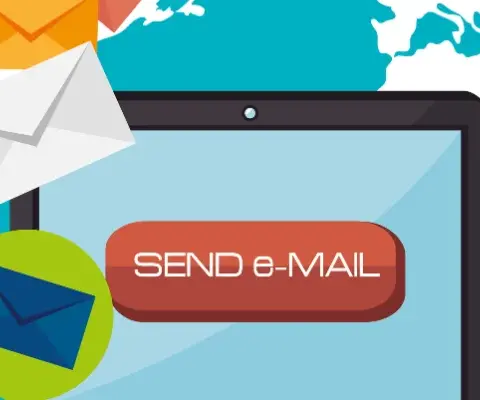A robust email marketing strategy hinges on the foundation of a clean and engaged email list. Effective email list management involves a series of actions aimed at cultivating a loyal subscriber base. From handling bounced emails to implementing double opt-in signup forms and launching re-engagement campaigns, the objective is to cultivate a subscriber roster filled with engaged individuals, converting prospects into customers and browsers into active subscribers.
The Importance of Engagement
Keeping your email list engaged is paramount to achieving desired results from your email campaigns. After all, if recipients aren’t opening your emails, they’re certainly not engaging with your content. Moreover, delivering emails that end up in spam folders or to non-existent addresses can significantly tarnish your sender reputation and hinder your deliverability rates.
Understanding Email Churn
Email churn refers to the natural attrition of subscribers from your list due to factors such as unsubscribing, marking emails as spam, encountering undeliverable addresses (resulting in bounces), or simply disengaging from your content. While some level of churn is inevitable, implementing best practices in email list hygiene can help mitigate its impact and sustain a healthy subscriber base.
Six Email List Management Best Practices
Effective email list management is essential for achieving your email marketing goals and maximizing ROI. Here are six key techniques to ensure your list remains up-to-date with engaged subscribers:
Extend a Warm Welcome to New Subscribers
Engage with new subscribers promptly by sending them a series of welcome emails triggered by their opt-in. The initial welcome email should express gratitude for joining your list while encouraging recipients to whitelist your email address to avoid spam filters. Personalize the welcome series to showcase your best content and make subscribers feel valued and connected to your brand.
Respect Subscribers’ Messaging Preferences
Allow subscribers to dictate the frequency of emails they receive to avoid overwhelming them. Providing options to unsubscribe from specific email types while maintaining overall subscription status demonstrates respect for subscribers’ preferences and fosters a positive relationship with your audience.
Practice Good List Hygiene
Regularly clean your email list to ensure its accuracy and effectiveness. This involves removing duplicate or incorrectly formatted email addresses, updating invalid addresses, and eliminating addresses that consistently bounce. By maintaining a clean list, you uphold your sender reputation and improve deliverability rates.
Re-engage or Remove Inactive Contacts
Identify and segment inactive subscribers who haven’t engaged with your emails for an extended period. Implement targeted re-engagement campaigns to reignite their interest in your content. If re-engagement efforts fail, consider removing these contacts from your list to enhance overall list health and performance.
Simplify the Unsubscribe Process
Make it easy for subscribers to unsubscribe from your emails by prominently featuring an unsubscribe button in each email. Simplifying the unsubscribe process not only ensures compliance with regulations but also fosters a positive user experience, leading to higher engagement with your active subscribers.
Avoid Purchasing Email Lists
Steer clear of purchasing email lists, as this practice is not only illegal but also detrimental to your email marketing efforts. Purchased lists often consist of low-quality leads and may include spam traps that could damage your sender reputation and result in hefty fines for non-compliance with regulations.
Maintain a Strong and Healthy Email List
A thriving email list is essential for achieving optimal deliverability, maximizing ROI, and driving digital success. Focus on quality over quantity by growing your subscriber base organically through permission-based tactics and implementing regular list maintenance to ensure continued engagement and success.
For more insights on optimizing your email campaigns, download our guide to enhance your email CTAs below!
Mastering Email Deliverability: Overcoming Common Challenges
Recognizing the Vitality of Email Deliverability
In today’s digital age, email remains a cornerstone of communication for businesses, organizations, and individuals. However, for those who send emails in bulk, merely hitting the “send” button doesn’t guarantee message delivery to their intended recipients.
Understanding the intricacies of inbox placement is paramount for anyone utilizing email marketing to effectively engage their target audience. In this article, we’ll explore the common concerns many senders face regarding email deliverability and provide strategies to ensure messages reach the inbox, rather than being relegated to the spam folder, unseen and unread.
Achieving Inbox Placement
Ensuring that emails land in recipients’ inboxes is a top priority for marketers. Email deliverability can be likened to embarking on a road trip, with the recipient’s inbox as the desired destination. Similar to driving a car, various factors influence successful arrival. If your “vehicle” isn’t well-maintained, lacks driving skills, or isn’t familiar with traffic rules, reaching the destination becomes challenging. However, assistance is readily available!
Think of your email service provider (ESP) as the vehicle you’re driving. ESPs like Campaign Monitor work tirelessly to ensure seamless email delivery. If you’re unfamiliar with optimizing your ESP’s capabilities, a wealth of help articles and online resources can guide you through the process.
Upholding Sender Reputation
Maintaining a positive sender reputation is vital for successful email deliverability, akin to adhering to traffic rules for a safe journey. Sender reputation reflects your email sending history and determines your trustworthiness as a sender.
Mailbox Providers (MBPs) act as traffic controllers, using spam filters to evaluate email trustworthiness. They consider various data points to determine if your email deserves placement in the recipient’s inbox. To safeguard your sender reputation, consider these steps:
Only email individuals who have explicitly opted into your email list.
Implement DKIM authentication to authorize your ESP to send emails on your behalf.
Manage changes to your sending domain, frequency, and list volume thoughtfully.
Send emails regularly to maintain engagement and naturally remove inactive contacts.
Re-engage and subsequently remove dormant contacts to maintain list health.
Prioritizing List Quality and User Engagement
As you aim to expand your subscriber base, prioritize list quality over quantity. Active engagement with your emails sends positive signals to MBPs, demonstrating credibility and relevance and distinguishing you from spammers or irrelevant senders.
Taking a proactive approach to removing dormant or disinterested subscribers helps maintain a high-quality list, leading to improved engagement, better deliverability, and ultimately, higher returns on your email marketing efforts.
Monitoring Deliverability Metrics
Monitoring deliverability metrics is akin to using a GPS during your journey, providing real-time information to inform route decisions. Key deliverability metrics to monitor include trends in open rates, link click rates, unsubscribe rates, spam complaint rates, and bounce rates.
Utilize features like Insights to review performance over time and establish performance thresholds. Adopting a data-driven mindset will help you understand if you’re on the right track and whether adjustments are needed to ensure maximum reach and engagement with your target audience.
In Conclusion
Understanding and prioritizing key aspects of email deliverability is essential for successful email marketing campaigns. By focusing on list quality, user engagement, sender reputation, monitoring deliverability metrics, and inbox placement, you can significantly enhance your chances of reaching the inbox, fostering meaningful connections with your audience, and maximizing the impact of your email campaigns.













